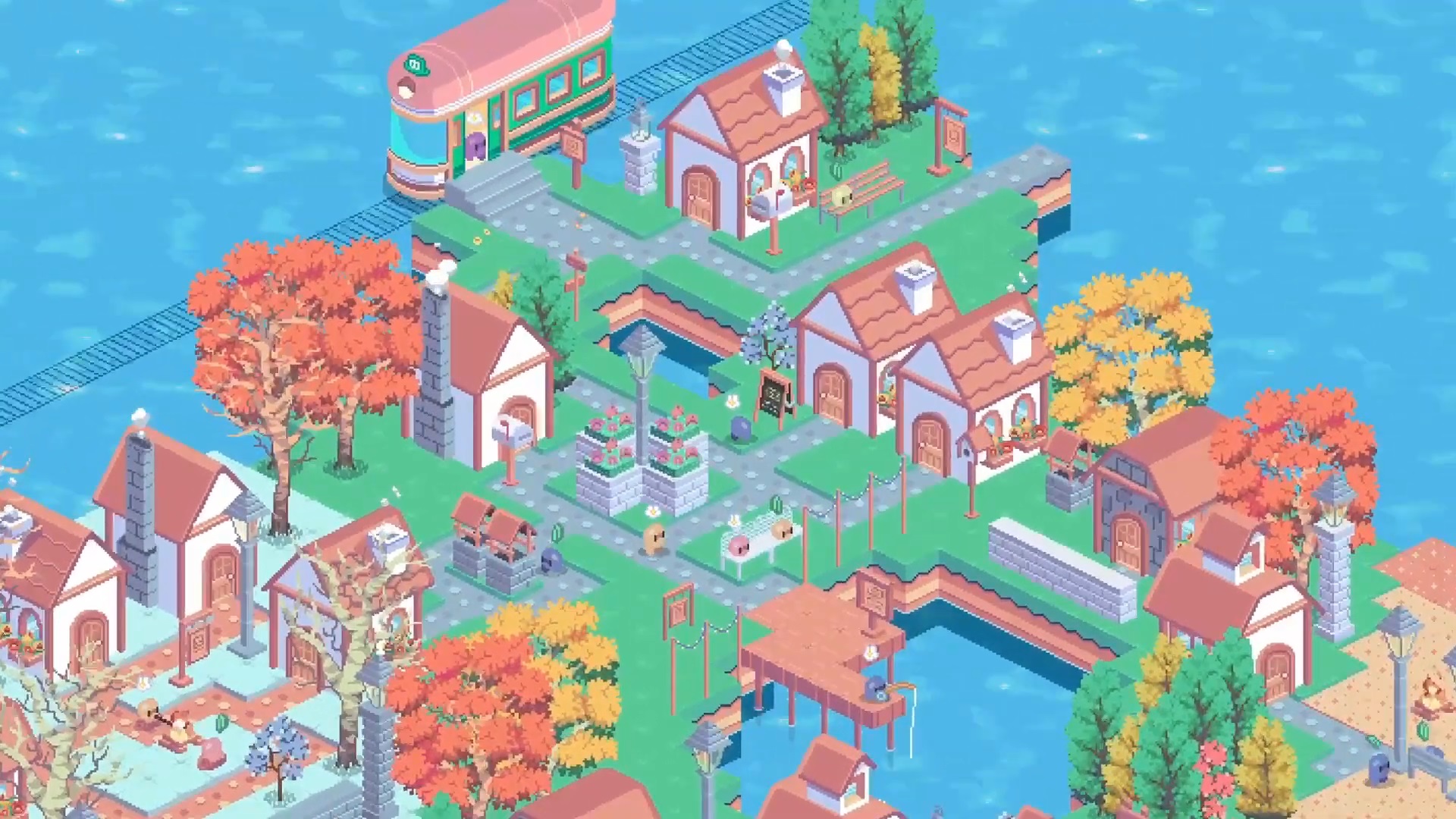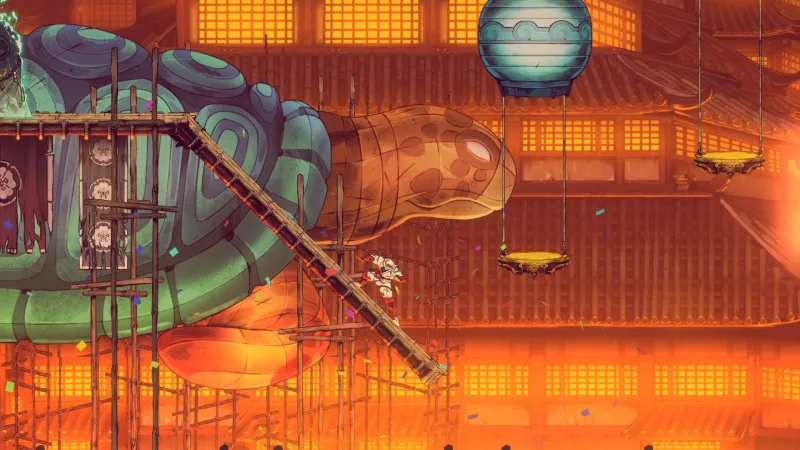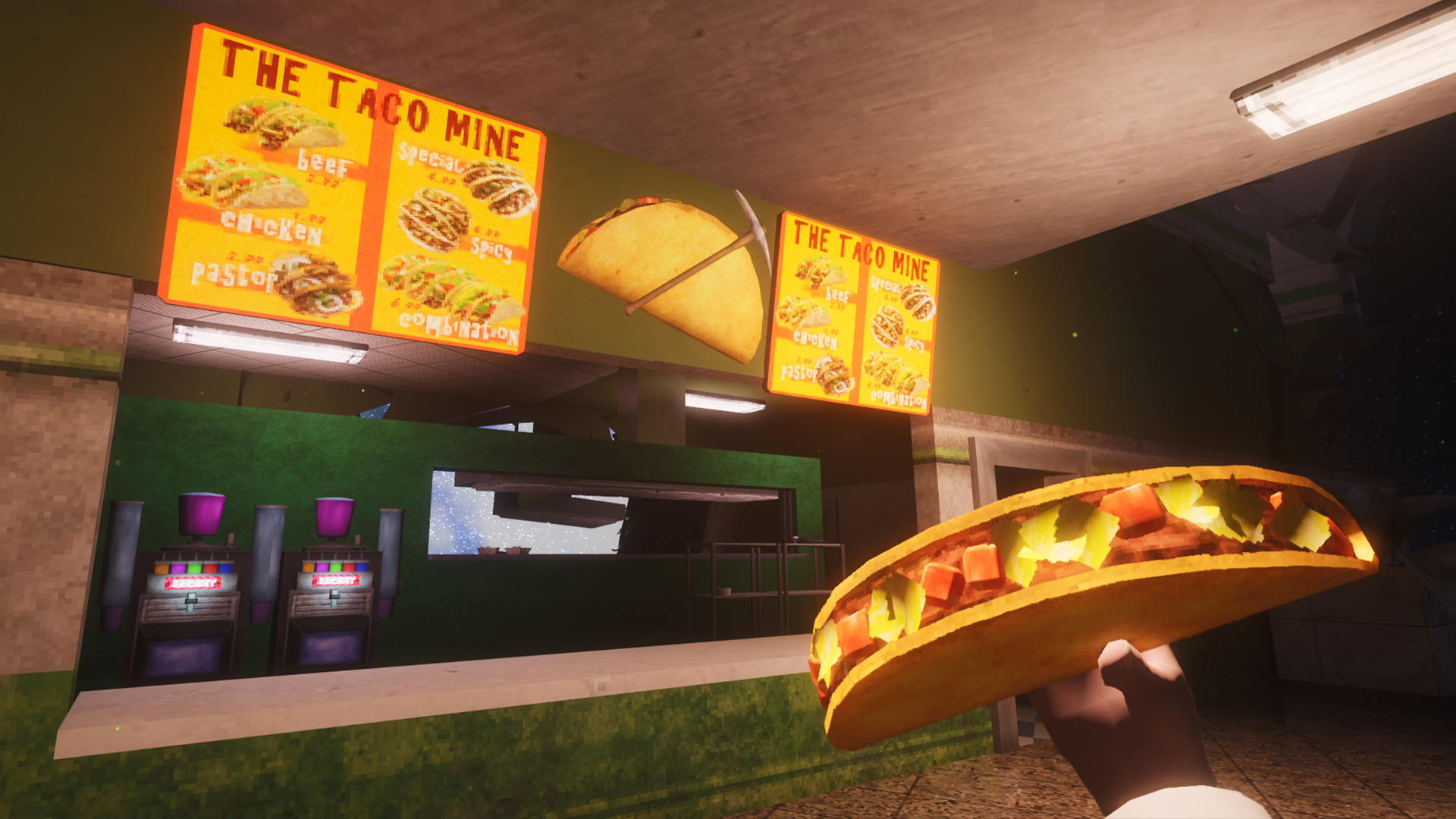
I’m going to just go ahead and paraphrase Mad Men’s Don Draper here and say the Sega Genesis Mini 2 isn’t just a miniature all-in-one console, “it’s a time machine. It takes us to a place where we ache to go again.” Don was banking on nostalgia to sell slideshow carousels when he said that, but the whole pitch works just as well for these retro consoles. While this miniature homage to Sega’s beloved 16-bit system falls short of its predecessor and the TurboGrafx-16 Mini (also by M2) when it comes to the quality of the controller and its menus, it’s still a wonderful little piece of technology that “lets us go to a place where we know we are loved.”
Nostalgia – It’s Delicate, But Potent
The Genesis Mini 2 is the follow-up to the Genesis Mini I reviewed back in 2019. I was quite taken by Sega’s first trip into the world of the mini console, and thus I was excited by the announcement of a second Genesis, this one based appropriately on the Sega Genesis Model 2. The Model 2 was a smaller version of the original Genesis released in 1994, the same year Sega launched the ill-fated Saturn.
The Genesis Mini 2 looks nice sitting next to its slightly bigger, older brother.
It’s a neat little nod to the evolution of the Genesis console, and looks nice sitting next to its slightly bigger, older brother. Like the previous Genesis Mini, it has a removable expansion slot door so you could, in theory, pop it onto the purely aesthetic Sega Tower of Power mini. (As was the case last time around, this ridiculous yet awesome Sega CD attachment was only available in Japan, and it sold out long before I even learned of its existence.)
The cartridge port has tiny, working spring-loaded doors just like the real Genesis, so if you have any of the miniature cartridges that were available with the Tower of Power (you probably don’t!), you can slot those in. Again, they serve no functional purpose, they just look cool.
On the front of the Genesis Mini 2 is a power switch and a button labeled “reset,” but that’s not actually what it does: pushing it brings up a menu screen letting you save, load, or quit back to the main menu during games. A button with the same functionality is also built into the included six-button wired Genesis controller. It’s nice that it’s a standard USB device, with a roughly 2-meter cord, so you can plug it into a PC if you want.
The menu button on the controller is easy to access and doesn’t mess with the original design of the controller in the slightest. It’s located where you might expect to find a right-shoulder button on another controller, but blended into the mold so it doesn’t stick out. At first glance, it’s just an ordinary six-button controller – something we were robbed of with the 2019 Genesis Mini. The good news is the proper expanded controller is right there, included in the box, and will work with your original Genesis Mini, too. The bad news is that the controller kind of sucks.
As far as first-party replicas of old controllers go, the one that comes with the Genesis Mini 2 is just passable at best. The buttons feel pretty terrible. They have a mushiness I found really off-putting, and the D-pad shares the same tactile unpleasantness. I didn’t notice any lack of responsiveness while playing, but it just feels light and cheap, almost like it was an afterthought. The three-button controller that came with the original wasn’t great, either, but at least there were two of them in the box instead of just one.
A Twinge In Your Heart
The Genesis Mini 2’s UI is mostly unchanged from the original. The menu screen music isn’t nearly as good, but all the other options I liked have returned, like seeing your “collection” spines-out, as well as a few new wallpapers for the menu screens and during gameplay. There’s not much in the way of improvement from the first, and honestly, since I’m not too fond of the music, it’s slightly less great. It’s a shame that Sega didn’t take some inspiration from the far superior UI delightfulness of the TurboGrafx-16 Mini. For instance, while the Genesis Mini 2 does include a healthy selection of Sega-CD games, it lacks the TurboGrafx-16 Mini’s added touch – a custom, region-specific animation when you loaded up a cart or CD-ROM game.
M2 is basically a group of trickster gods.
In other words, if you loaded a CD from the US interface, it resembled the US version of the TurboGrafx, whereas loading from the Japanese interface resembled the PC Engine, while EU games looked like the EU version of the PC Engine – it even simulated the sound of a CD drive spinning up and reading the disc. It was a very cool, very pointless, but loving touch that’s completely missing from the Genesis Mini 2, and it’s disappointing to me, a grown man who loves make-believe sounds.
What the Genesis Mini 2 shares with the TG-16 and original Mini is how the list of games changes to reflect the language settings. Choose “Japanese” from the options menu for language, and the entire experience changes. You’re not just changing the language for the on-screen prompts in the UI, you’re changing the box art, the game language, even the UI changes to reflect the region. I much prefer the Japanese Mega Drive packaging and visual design because of how aggressively 1990s it is, and simply switching to Japanese in the language menu gives me what my eyeballs crave.
It’s not just the UI and language that change, either, but the game box art – but sadly we in the US didn’t get the full list of games found on the Japanese version of the Genesis Mini 2. Magical Taruruto-kun, for example, is on the Japanese console but not the Japanese-language version of the Genesis Mini 2 sold in America. It’s a colorful, super cute side-scroller perhaps most notable for being developed by Game Freak, who you might know from Pokemon. We’re also missing a Captain Tsubasa game for Sega CD that never came west, and the original Shin Megami Tensei. It’s kind of odd, honestly, because you can’t actually buy a Genesis Mini 2 here in the US. You have to import it from Amazon Japan. It’s a weird omission, especially considering the Turbo Grafx-16 Mini had all the games regardless of what country you bought it.
M2 said, “What if the Genesis had sprite scaling?” and just went ahead and made that a thing.
The reason I’m not giving up hope on the full list of Japanese games is because M2 is basically a group of trickster gods. That company absolutely fascinates me. It’s responsible for some of the best game preservation projects around, and has set the high-water mark in video game preservation and restoration. This team could have built a custom emulator and UI, copy-pasted in some ROM files and called it a day, but that isn’t how M2 operates. Not even close! No, M2’s developers not only went ahead and added a few unreleased games to the Genesis Mini 2, it ported some old arcade games to the Genesis. Which is amazing! They didn’t have to do that but they did, just as a flex – but there’s more! Space Harrier II, a Sega arcade classic, originally did get a Genesis port, but M2 said, “Yeah, but what if the Genesis had support for sprite scaling?” and just went ahead and made that a thing, but also added the same sprite-scaling support for the Genesis version of Space Harrier. So you get a bonus game, one that I personally love quite a bit.
On top of creating ports where none existed before, M2 has made a few tweaks to its included games. Phantasy Star II, one of the most legendary of the 16-bit RPGs of old, has quality-of-life improvements in a similar vein to what M2 did with the Sega Ages version of the original Master System version of Phantasy Star. Basically, it’s been made more palatable to play in 2022 thanks to an “Easy Mode” and an increased walking speed. Trust me, you’re going to want to enable it. The walking speed on those early Phantasy Star games is rough.
Aside from the “new” games, there are a bunch of other great ones on here, for 61 total. It has Sonic 2, which all the coolest kids I know agree is the best one, and Sonic CD. There’s also Ecco the Dolphin and its sequel, both for Sega-CD. If you feel like punching random 16-bit weirdos you have Streets of Rage 3, Final Fight CD, and Super Street Fighter II. For RPGs there’s the aforementioned Phantasy Star II, Shining Force CD, Shining in the Darkness, and more. It’s packed with games from basically every genre of the time, with the exception of sports games.
What We Said About the Sega Genesis Mini
The SEGA Genesis Mini is the closest thing we have to a perfect all-in-one mini console so far. There are a few weird emulation issues here and there, but the sheer number of games and its delightful interface far outshines any graphical hiccups in these classic games. The quiet inclusion of different ROMs for different regions is one of those things that makes no sense at all to include while simultaneously making it feel even more lovingly crafted and special. It’s hard to find much to really dislike about the Genesis Mini. The decision to include the 3-button controllers rather than the later 6-button ones is a bummer, but it only really matters for Street Fighter II. Even if I was more of a SNES kid growing up, the Genesis Mini is now my favorite retro mini console. —Reviewed by Seth G. Macy, September 12, 2019
Score: 9
Read the full Sega Genesis Mini review
Compared to the original, it’s hard to say if the Genesis Mini 2 has a better selection of games or not. I’d put them at a dead heat, and say the game selections are complementary to one another.
Literally ‘The Pain From an Old Wound’
There are also some weird games like Ooze, which I had never played or even heard of before. After a few minutes with Ooze, I probably won’t play it again, and there are definitely a fair number of duds here. Bonanza Brothers is not a game I enjoyed at all, The Ninja Warriors feels like it was added because the license was inexpensive, and Virtua Racing for Sega Genesis is the least of all versions of that game. However, in the case of Virtua Racing, it makes sense from a historical perspective to add it to the Genesis Mini 2 because at the time it was mind-blowing – but now it’s just clunky and unfun. Night Trap is another one of those games that is just famously awful, but historically it might be the most significant game on the list. None of the other games on the Genesis Mini 2 can boast they invited the wrath of the legislative branch of the US government. It would be a shame not to have it included, even if it is a pretty craptacular FMV game.






